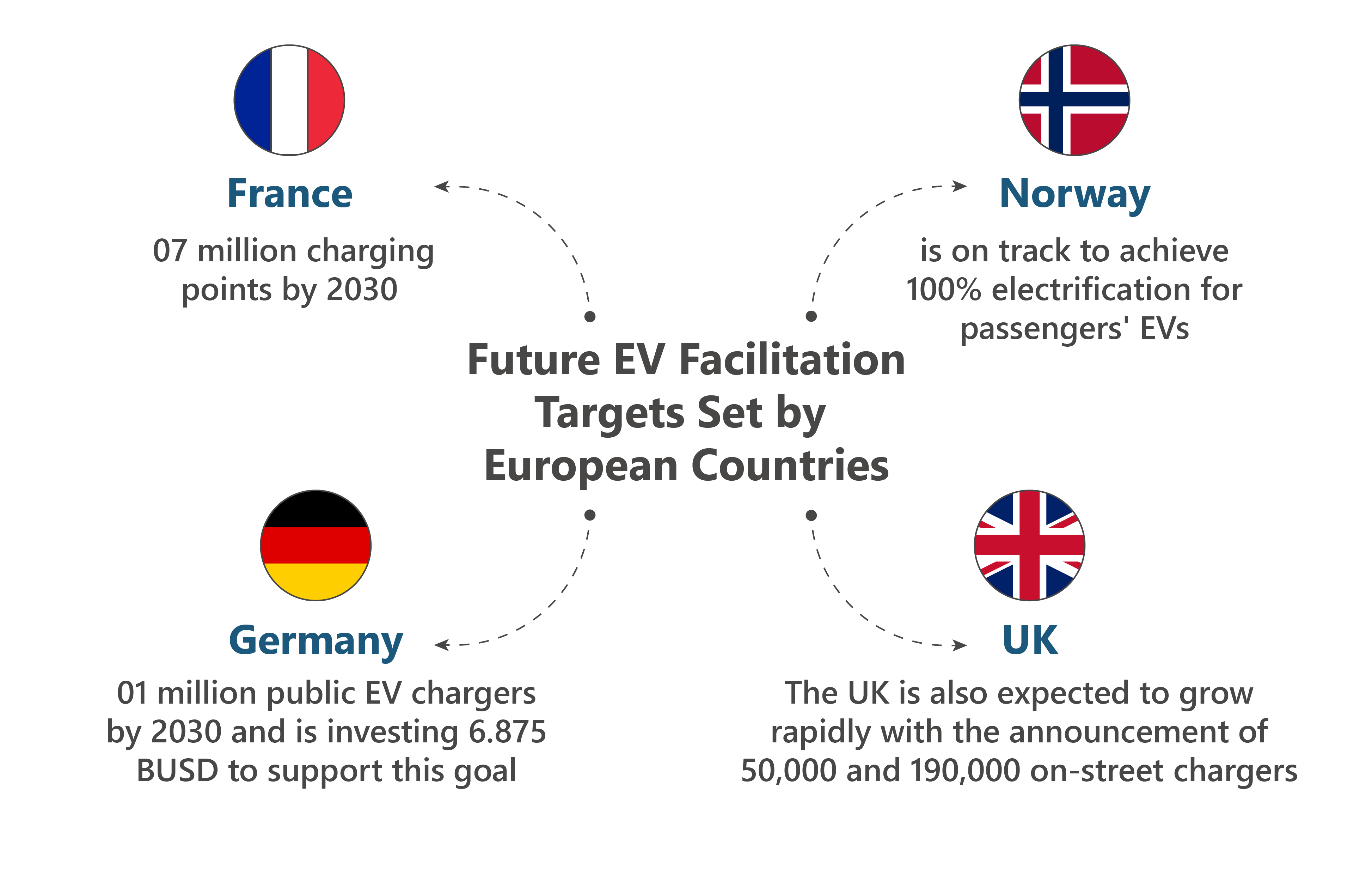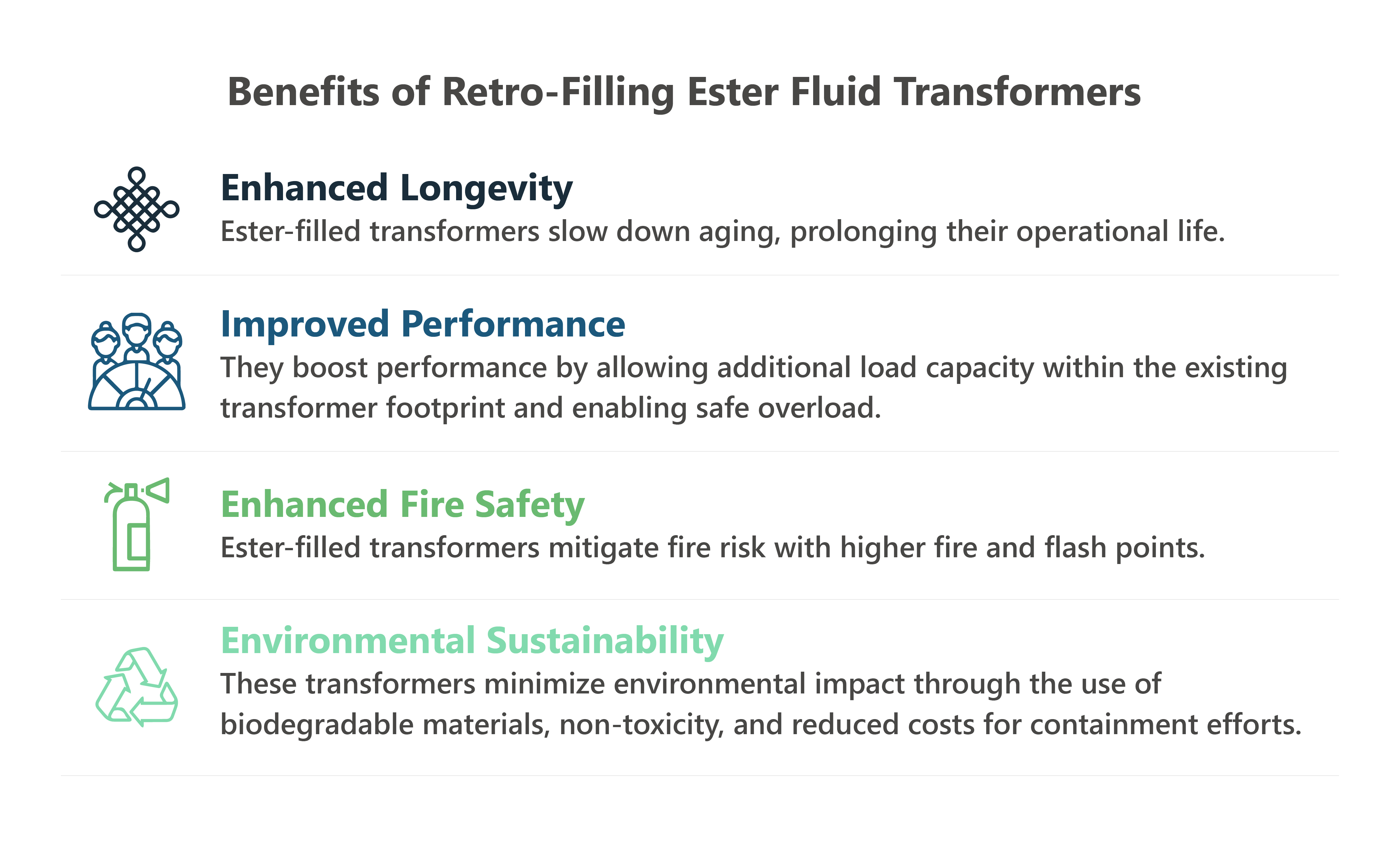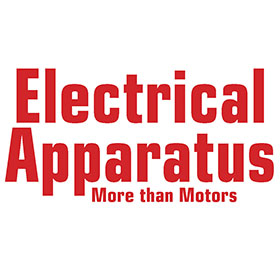The global power transformer market is experiencing an upward trajectory as governments of the developed economies aim to reduce greenhouse gas (GHG) emissions to combat climate change.
- The global power transformer market is experiencing an upward trajectory as governments of the developed economies aim to reduce greenhouse gas (GHG) emissions to combat climate change.
- The European power transformer market is poised for steady growth, with a projected CAGR of 6% from 2023 to 2030, driven by the twin forces of renewable energy and EV adoption.
- Despite challenges, the market outlook remains promising, fueled by investments in grid modernization and digitalization efforts.
The global power transformer market is experiencing an upward trajectory as governments of the developed economies aim to reduce greenhouse gas (GHG) emissions to combat climate change. The energy sector is a significant contributor to GHG emissions, due to which countries are taking active measures to move towards a greener future. The global rush to achieve net-zero targets has prompted a shift towards electric vehicles (EVs) and renewable energy sources. This shift necessitates substantial upgrades and expansions in power grids and EV charging infrastructure, consequently driving the demand for power transformers to support the increased capacity and requirements of these systems. As a result, energy generation from renewables will account for almost 95% of the increase in global power generation capacity through 2026. Similarly, the demand for electric vehicles (EVs) is also expected to grow at an annual rate of 23% in the next ten years. Moreover, investments in smart grids and adaptable transformers are expected to increase, driving the demand for transformers upwards. According to PTR, the global power transformers market reached close to USD 300 billion in revenue in 2023, and the market is expected to grow at a CAGR of 9.6% from 2023 to 2030.
European Market Overview for Power Transformers
The European power transformer market is poised for steady growth, with a projected CAGR of 6% from 2023 to 2030, driven by the twin forces of renewable energy and EV adoption.

Figure 1: CAGR of the European Power Transformer Market from 2023 to 2030.
Source: PTR Inc.
In the European market, Germany will lead, followed by France and Spain. With its ambitious goal of setting up renewable energy generation up to 80 GW by 2030, Germany will drive nearly 16% of Europe's power transformer market. The power transformer market growth depends on investments in smart grids, digitalization, and interconnectivity.
In Europe, the utility segment dominates the power transformer market in terms of demand, followed by generation and industry. There is demand for various voltage ranges, with the 250-420kV range of transformers holding the highest market share in Europe. Multiple countries have initiated efforts to transition towards clean energy, driving the power transformer market upwards.
Net Zero Efforts in Europe
Europe has set multiple targets to achieve zero carbon emissions. It aims to reduce net greenhouse gas emissions by 2030 by at least 55%, compared to 1990 levels. The EU plans to achieve this goal by focusing on cleaner electricity and greater EV adoption. To promote EV adoption, Europe has imposed a complete ban on gas-powered vehicles by 2035, shifting the drivers towards electric vehicles—the resulting surge in EV sales calls for developing well-connected charging networks. Currently, Europe has approximately 5 million charging points, but this number is expected to grow significantly in the coming years to accommodate the increasing number of electric vehicles on the roads. The figure below shows EV targets set by a few European countries.

Figure 2: Future EV Facilitation Targets Set by European Countries.
Source: PTR Inc.
Electricity consumption in Europe is forecasted to increase by around 60% by the end of the decade. This surge in electricity demand must be met by cleaner energy and reduce reliance on fossil fuels. However, there are energy security threats for Europe, particularly in the wake of the Russia-Ukraine War. Amidst this crisis, Europe plans to achieve 45% of total energy generation by 2030 through the installation of 600 GW solar PV and 480 GW wind generation capacity. These ambitious renewable energy goals will require massive transmission network upgrades. For example, Spain aims to add 22 GW of storage capacity through an additional transmission capacity of 8000MVA by 2026. The figure below shows renewable energy goals set by major European countries.

Figure 3: Future Renewable Energy Targets set by European Countries.
Source: PTR Inc.
These efforts translate to a surging demand for advanced transformer technologies such as high-grade steel, digital and ester oil-based power transformers in the European market.
Types of Advanced Power Transformers
Advanced power transformers integrate state-of-the-art technologies with the transformers to assist utilities in transitioning to clean energy sources. Currently, the major policy concerning sustainable power transformers in Europe is the Eco-design Directive, which provides consistent EU-wide rules for improving the environmental performance of products. EU’s Eco-design Tier 2 regulation aims to reduce energy losses by 10% for power transformers compared to the Tier 1 regulation levels. This regulation applies to all the transformers in the market or service in the UK and the EU. Advanced power transformers provide the required efficiency in accordance with Tier 2 regulation. Some of the advanced power transformers include high-grade steel transformers, digital transformers, and retro-filling transformers.
High-grade steel transformers
High-grade steel transformer is an efficient transformer type that produces low levels of electricity loss that complies with higher (Tier 2) efficiency requirements mandated by the Eco-design directive. However, there is a bottleneck as this type of steel is not readily available in Europe and is imported from Asia at high prices. Steel is expensive because it is in short supply and serves another purpose in Asia: manufacturing electric vehicles.
Digital transformers
Digital transformers contain sensors that regularly monitor their performance and condition. Smart transformers continuously gather data to provide a transparent picture of the system’s status, operating data, and thermal load. Moreover, it can help simulate operating points, load profiles, and overload scenarios based on current operating values. Due to these benefits, transformer OEMs are employing digital technology with their products to meet the requirement for improved reliability and real-time data for asset health monitoring and management. For example, Hitachi Energy introduced the next-generation TXpert solution, and Siemens Energy offers Sensformer, which enables digitalization of the transformers, providing benefits such as reduced downtimes and costs, improved environmental protection, and flexible transformer operation.
Retro-filling transformers
Retro-filling transformers with natural or synthetic ester fluid instead of mineral oil increases transformer efficiency. These transformers not only become environmentally friendly, but their lifecycle extends and loading performance is optimized. Retro-filling with ester fluid provides several key benefits. Ester fluids have a higher fire point than mineral oil, reducing fire accidents, increasing environmental protection, and higher transformer operational temperature. Moreover, ester fluids are readily biodegradable with a unique chemical structure, offering a prolonged lifetime of cellulose material. Transformers with ester fluids are compatible with renewable energy sources, such as offshore and onshore wind farms, which can help avoid environmental hazards.
PTR believes that these state-of-the-art transformer technologies have the potential to facilitate Europe’s transition to clean energy in the long run.

Figure 4: Benefits of Retro-Filling Ester Fluid Transformers.
Source: PTR Inc.
Limitations of Advanced Transformers
There is one limitation to adopting advance transformers which is the shortage of high-grade steel in the European market. The shortage of high-grade transformer steel in Europe, diverted to electric vehicles, leads to increased use of low-grade steel in transformers, necessitating more usage of mineral oil. This goes against the EU's sustainability goals, resulting in higher CO2 emissions and undermining the intended energy efficiency gains. More investments are needed in natural ester fluid transformers as rapeseed ester fluid also satisfies the local authority's mandate for the transformer materials to be locally sourced as the rapeseed plant is grown in central Europe.
Looking Ahead
Thus, Europe's power transformer market is evolving rapidly amidst the energy transition towards cleaner electricity and electric vehicle adoption. New insulating fluids present opportunities and challenges, demanding further research and global cooperation. As the grid moves towards improving resilience and sustainability, transformer design adapts, driven by OEMs integrating energy-efficient technologies and eco-friendly materials. Tightening regulatory environments, like the EU's Eco-design Directive, propels the adoption of sustainable practices. Nevertheless, challenges such as the scarcity of high-grade transformer steel and the underutilization of existing clean-power capacity loom large, posing significant risks to the market.
To address these challenges, investments in natural ester fluid transformers and local sourcing of transformer materials are essential. Moreover, as market dynamics evolve heightened collaboration and strategic planning are imperative to surmount potential bottlenecks in raw material supply and skilled labor.
Despite challenges, the market outlook remains promising, fueled by investments in grid modernization and digitalization efforts.
Europe's power transformer market is growing rapidly amidst the shift to cleaner electricity and increased electric vehicle adoption. New insulating fluids present opportunities and challenges, requiring further research and global cooperation. Transformer design adapts to enhance resilience and sustainability, driven by OEMs integrating energy-efficient technologies and eco-friendly materials, spurred by stringent regulatory environments like the EU's Eco-design Directive. However, challenges such as high-grade transformer steel scarcity pose significant risks to the market. To address these, investments in natural ester fluid transformers and local sourcing of materials are crucial. Heightened collaboration and strategic planning are necessary to overcome potential bottlenecks in raw material supply and skilled labor. Despite challenges, the market outlook remains promising, supported by investments in grid modernization and digitalization efforts. Europe's commitment to sustainability will continue to shape a resilient and environmentally responsible power transformer market.
Author
Analyst - PTR Inc.
Eyman is an Analyst at PTR Inc., where she specializes in Transformers topics. Her professional journey began in the research sector at IDR, where she worked as a Market Research Analyst for the APAC region. After gaining a year of valuable experience analyzing market trends across various domains, Eyman moved to PTR as a Power Grid Analyst. Currently, her focus is on conducting thorough analyses and providing insights into the field of Transformers. Eyman has a strong technical background, having earned a bachelor’s degree in electrical engineering.
Contact:





















